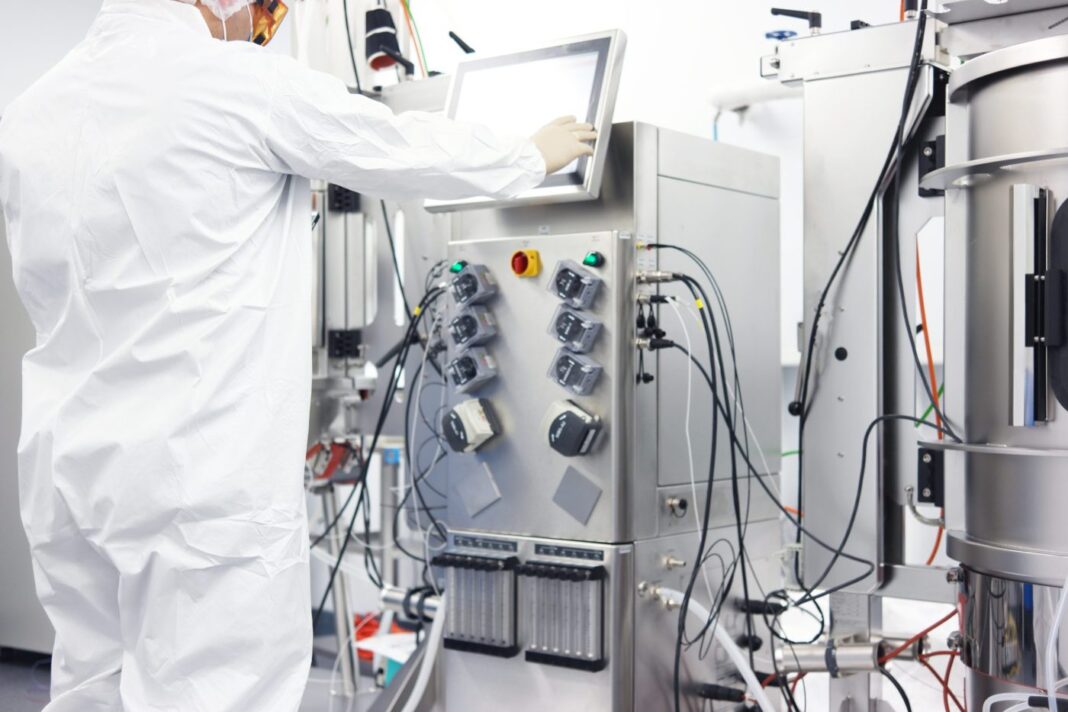Real-time, in-process monitoring and control is a foundational enabler of Biopharma 4.0. Despite the (apparent) stakeholder buy-in, however, progress in achieving this basic capability has been slow. As their name implies, soft sensors uniquely combine hardware and software by applying analysis algorithms to measurements or signals.
Instead of reporting values for, say, “pH,” a soft sensor uses software to translate non-specific signals into the desired measurements. This approach broadens the application of spectroscopy as the hardware or “probe,” and also improves prospects for real-time monitoring, e.g. for PAT or QbD.
Data-driven (or “black box”) soft sensors require no prior process knowledge but instead employ one of several standard regression models. Data-driven soft sensors are quick to set up, but they cannot extrapolate beyond their training dataset. By contrast, model-derived soft sensors operate based on mass/energy balances, incorporate process knowledge, and are better at extrapolation. Their drawback is they assume mechanistic trends which are too rudimentary (and non-predictive) for upstream process monitoring/modeling.
Soft sensors have the advantages of flexibility and versatility compared with fixed, dedicated sensors. A recent article from a team at Roche Diagnostics described, for example, a first-in-kind off-gas-based soft sensor for simultaneous, real-time monitoring of biomass and pyruvate metabolism in Chinese hamster ovary cultures. This model-derived approach trained the sensor through 14 “technically similar” CHO cultures in which processes differed only in terms of the CHO cell line.
According to the authors, “The fundamental correlation of biomass growth and increasing oxygen demand can be used, optimized, and extended to generate profound real-time knowledge on diverse bioprocess variables…Moreover, off-gas analysis can be used to determine the true bioreactor pH without any sampling or as [a] non-invasive method for online pCO2 monitoring.”
New monitoring and control opportunities
Soft sensors will create new monitoring and control opportunities for cell and gene therapies, as well as for therapeutic proteins. A group at Takeda subsidiary Baxalta Innovations recently reported the application of proton-transfer-reaction mass spectrometry (PTR-MS) for online monitoring of glucose depletion and cell concentrations during a HEK 293-based gene therapy process. PTR-MS detects volatile molecules, including metabolites and organics, in headspace gasses.
Mass spectrometry is already quite capable of quantifying multiple analytes in a single run. The application of analysis algorithms enables the correlation of these concentrations to critical quality attributes. This sensor configuration “ enables real-time monitoring of the cell density with a smaller NRMSE (24.4%) than the benchmark sensor (NRMSE 48.7%)” (where NRMSE is normalized root mean square error).
“Compared to conventional offline analytics, this timely advantage also provides the opportunity to act as promptly as possible in case time-critical actions are required, while simultaneously eliminating the contamination risk due to sampling procedure,” noted the Baxalta team.
According to an excellent review by Anurag Rathore, PhD, et al at IIT, Delhi, real-time monitoring remains challenging due to the complexity of bioprocesses, limited reliability of in/on-line sensors, the need for sampling and offline analysis, and calibration difficulties.
“Different studies have shown the uses of soft sensors for determination of biomass, product, metabolites, amino acid concentration, and other CQAs, thus enabling process control,” said Rathore.
Yet, despite “vast” improvements in soft sensors, further development will be required for real-time, noninvasive sensors with “user-friendly interfaces” that comply with cGMPs.


